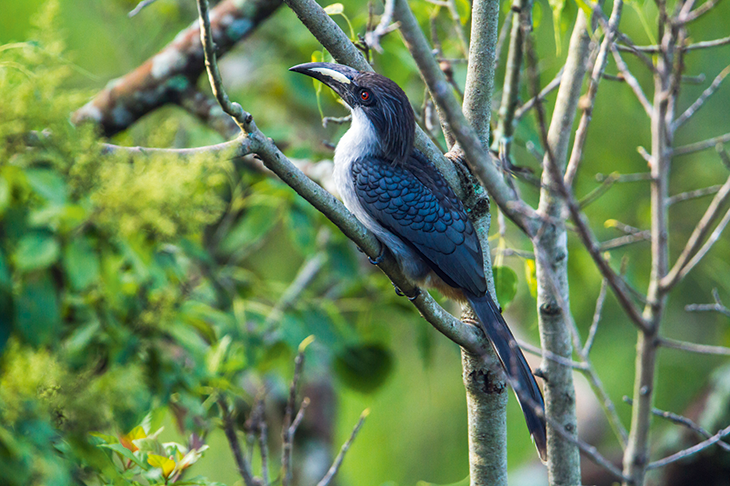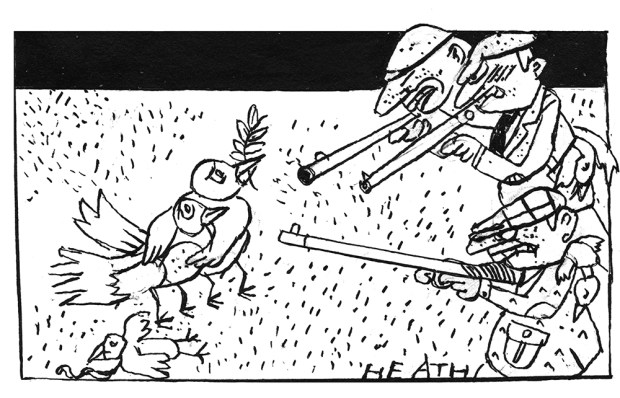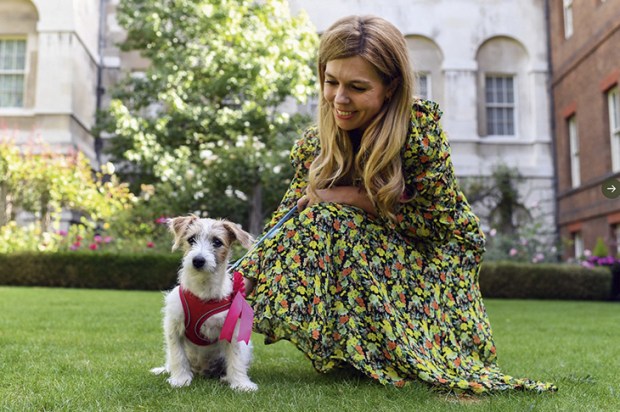Standing in sweaty silence for an hour on a precipitous sliver of muddy footpath above a waterfall may not be everybody’s idea of fun, but for a small cluster of birders anxious to see the Sri Lanka whistling thrush it was a small price to pay. Eventually, as the cicadas shrilled and the dark closed in, the little blue-black bird appeared — and flitted away almost as quickly. Another evening, we scrambled 100 heart-pumping yards up a rainforest jungle slope for a view of the Serendib Scops owl, a reddish bird so rare it has been known to science only since 2004 and is one of 34 species endemic to the Beautiful Island.
Birders do it before dawn and after dark as well as happily — well, more or less happily — trekking ten kilometres or so a day, swinging across narrow suspension bridges, fording streams and slushing through bogs or bouncing up and down bone-shuddering ravines in Jeeps. It is the birds you had to work for that you remember most vividly, but fortunately most of the 462 species to be seen in Sri Lanka are both more colourful and easier to spot. We had scarcely left the airport before a greater coucal and a Shikra hawk showed themselves in full daylight.
Among the endemic species we spotted were the engaging little hanging parrot, the improbable grey hornbill, the strutting jungle-fowl and other colourful customers like the red-faced malkoha, the scimitar babbler, Legge’s flowerpecker and a woodpecker called the crimson-backed flameback.
With around 10,000 species to be seen across the world, birders accumulate more air miles than most. Some are fanatical ‘listers’, ready to quit a trip the moment the merest glimpse of a tailfeather has enabled them to tick off a missing species. The kind whose company I enjoy most tend to be those who enjoy watching birds do what they do: leaf-tossers tossing leaves, woodpeckers pecking tree stumps for slugs, or spoonbills stirring up mud for food. Sri Lanka, particularly for those who have not birded in India, provides every opportunity — even a serpent eagle we watched catching and eating a snake. The group saw 180 varieties in eight days, and more than 120 were birds I was seeing for the first time.
Travelling with birders should not be confused with tourism. When our minibus stopped at a spectacular waterfall, one companion sniffed disdainfully and focused his binoculars on trees the other side of the road. At a spectacular temple, two focused instead on a couple of yellow wagtails — although the party did deign to take an interest when we encountered giant squirrels or mouse deer.
We saw no ‘sights’; only the roadside ribbon developments offering clear evidence that building supplies is the Sri Lankan business to be in. Driving habits are intriguing, too: it seems to be the rule rather than the exception to overtake before blind bends. Tuk-tuks, lorries and buses eyeball each other alongside until finally the slowest concedes. Horns blare constantly, but curiously there is no road rage, since everybody drives the same way. And there was one encouragement for Brits: endless roadside advertise-ments for language schools offering lessons in English. I fear, though, that this may be not because it is the language of William Shakespeare, but because it is the language of Bill Gates.
Got something to add? Join the discussion and comment below.
Get 10 issues for just $10
Subscribe to The Spectator Australia today for the next 10 magazine issues, plus full online access, for just $10.
You might disagree with half of it, but you’ll enjoy reading all of it. Try your first month for free, then just $2 a week for the remainder of your first year.















Comments
Don't miss out
Join the conversation with other Spectator Australia readers. Subscribe to leave a comment.
SUBSCRIBEAlready a subscriber? Log in